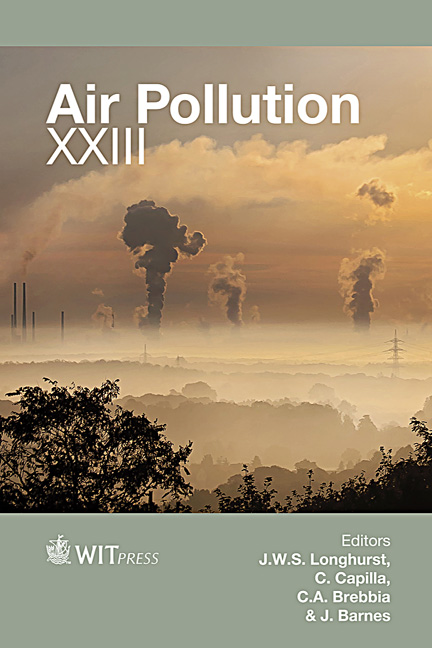A Low-cost Particle Counter And Signal Processing Method For Indoor Air Pollution
Price
Free (open access)
Transaction
Volume
198
Pages
12
Page Range
337 - 348
Published
2015
Size
2,635 kb
Paper DOI
10.2495/AIR150291
Copyright
WIT Press
Author(s)
M. D. Taylor, I. R. Nourbakhsh
Abstract
Indoor air quality is closely linked with respiratory and cardiovascular health, prompting a need for affordable home air quality monitors. The newly-developed Speck is a very-low-cost indoor monitor for measuring fine particulate matter using optical sensors and a unique data processing algorithm. In this paper, we examine the performance of the Speck alongside two professional handheld particle counters (one HHPC-6 and one HHPC-6+) in household environments during cooking events and incense burning events. We demonstrate r2 correlation values during the cooking event of greater than 0.98 between each pair of Specks and greater than 0.92 between each Speckand 2μm particle counts from the HHPC-6/6+ monitors. The error between the Specks and the HHPC-6+ 2μm channel is less than the error between the HHPC-6 and HHPC-6+ 2μm channels. The incense test yielded weaker correlation values, possibly due to uneven distribution of the smoke across the test setup. The distribution of particle sizes appears to be approximately the same as that generated from cooking. We conclude from these experiments that the Speck exhibits a strong correlation with professional particle counters, and that the error between the Speck and one professional unit is comparable to or less than the error between two very similar professional units.
Keywords
PM2:5, particulate matter, air quality monitoring, low cost sensors, calibration, indoor air quality





